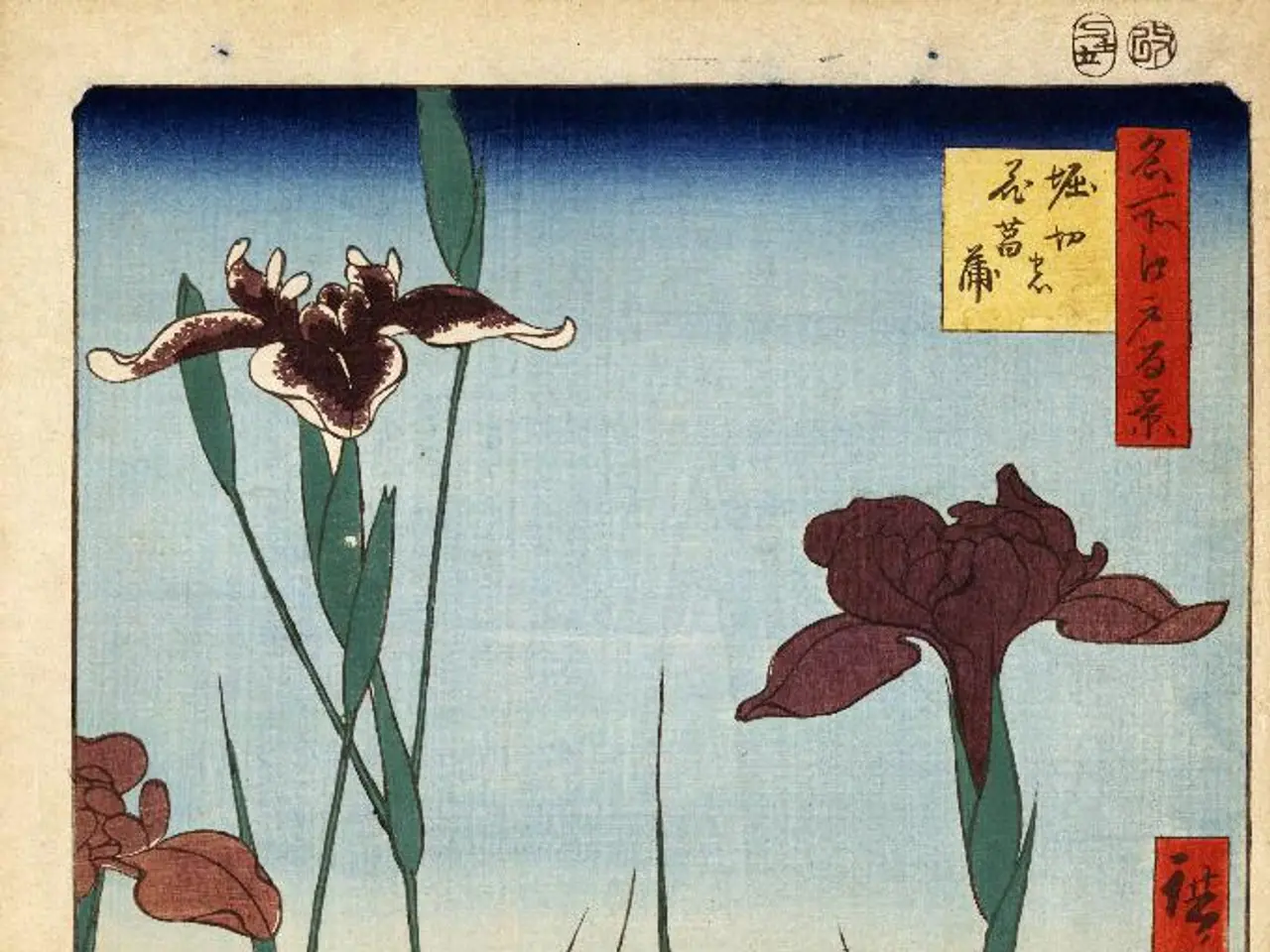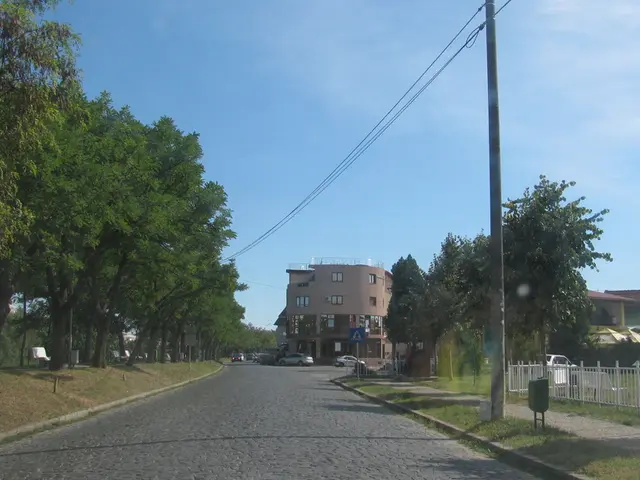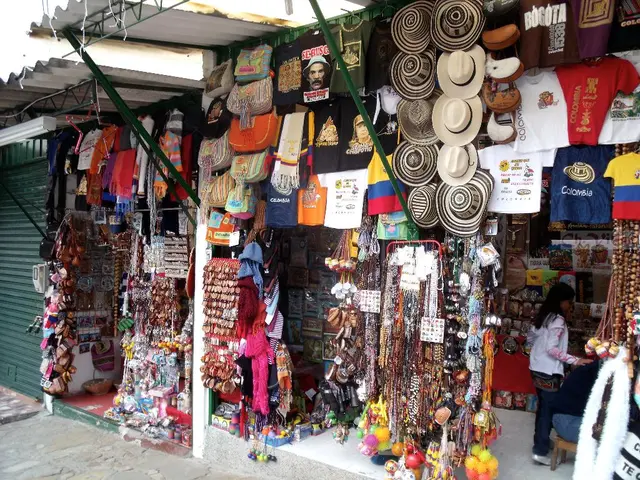Comprehensive Guide for Terrarium Substrate Preparation (Top Soil Blend Suggestions Included)
In the fascinating world of terrarium gardening, the choice of substrate plays a crucial role in creating a thriving ecosystem. A well-balanced bioactive substrate provides shape, function, hydration, and nutrients, fostering a thriving bioactive environment.
Key components of effective bioactive terrarium substrates include peat moss, humus or organic matter, coco coir or sphagnum moss, worm castings, sand, activated charcoal, drainage pebbles, clay or clay powder, leaf litter and wood pieces, and optional biochar.
Peat moss enhances water retention and aeration, creating an ideal root environment. Humus and organic matter provide nutrients and a habitat for beneficial microbes and microfauna like isopods and springtails. Coco coir and sphagnum moss help with moisture retention and create a fibrous structure, aiding root penetration and humidity control. Worm castings enrich the substrate with nutrients and beneficial microorganisms, improving soil fertility and plant growth. Sand improves drainage and prevents waterlogging while promoting aeration. Activated charcoal removes toxins and helps keep the substrate fresh by filtering impurities. Drainage pebbles provide a base layer for water runoff, preventing root rot and excess moisture buildup. Clay or clay powder adds minerals and helps soil adhere in vertical terrariums or moss walls, improving structure. Leaf litter and wood pieces support cleanup crew like isopods by simulating natural detritus for nutrient cycling. Biochar creates a persistent habitat for beneficial microbes for long-term substrate stability and nutrient cycling.
Example terrarium soil mix formulations include the Zoo Med Tropical Bioactive Substrate Kit, which uses a blend of humus, peat moss, sand, and carbon to support plants, soil critters, and microbes effectively. A popular DIY mix includes coco coir, sphagnum moss, activated charcoal, worm castings, and drainage pebbles to optimize root environment and humidity control.
For maintaining a thriving bioactive terrarium, it's important that the substrate remains moist but not waterlogged, supporting microfauna like springtails which require moist soil. It's also essential to include a variety of organic materials and drainage components to balance moisture retention and aeration. Periodic substrate refreshing and supplementation sustain long-term ecosystem health.
In summary, an ideal bioactive terrarium substrate is a layered and balanced blend of organic matter, moisture-retentive fibers, drainage materials, and activated charcoal—with additional natural detritus added to support cleanup organisms. Tailoring proportions based on the terrarium size, plant types, and inhabitant species can optimize sustainability and ecosystem function.
References: [1] Zoo Med Tropical Bioactive Substrate Kit: https://www.zoomed.com/tropical-bioactive-substrate-kit-p10768.aspx [2] DIY Terrarium Soil Mix: https://www.instructables.com/DIY-Terrarium-Soil-Mix/ [3] Etsy's Terrarium Soil Mix: https://www.etsy.com/listing/1153573824/terrarium-soil-mix-terrarium-soil-mix [4] Springtails in Terrariums: https://www.insectslimited.com/springtails-in-terrariums/ [5] Atlanta Botanical Gardens (ABG) Mix: https://www.atlantabotanicalgarden.org/shop/soil-mix-atlanta-botanical-garden-tropical-terrarium
The appropriate mix of terrarium substrate components in the home-and-garden setting, such as peat moss, humus or organic matter, coco coir or sphagnum moss, sand, activated charcoal, drainage pebbles, clay or clay powder, leaf litter and wood pieces, and optional biochar, contributes to a lifestyle of successful and thriving terrarium gardening by creating a bioactive environment. Adhering to this lifestyle and maintaining a balanced substrate that retains moisture while preventing waterlogging, and includes a variety of organic materials and drainage components, promotes a healthy bioactive environment in terrariums.




